Writing as Art
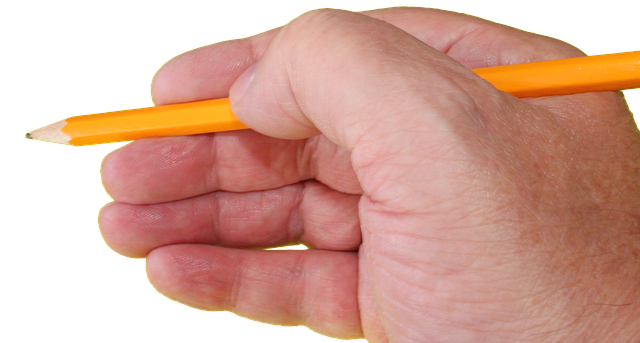
The following is a comment I posted in reply to a blog post from K.M. Weiland, one of the finest writers I’ve never met, but whom I follow regularly.
Literature as Art
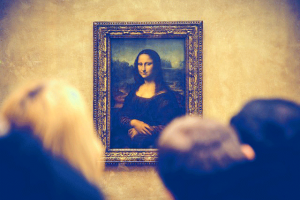
In her article, Helping Authors Become Artists, she pinpoints what defines an author who has become an artist at the craft and discusses the necessity for learning the skills of writing, in order that the work cross the border from average to exceptional — the difference between talented amateur and master artist.
This is a particular peeve of my own, as I believe it’s essential to learn the disciplines of any art (or science or trade) in order to master it. You can’t reliably break the rules if you don’t know what they are. Inherent talent, even native genius takes you only so far unless you master the tools of the trade.
To those “artists” who might take offence at some of my comments, I made my living for years as a printer’s illustrator and graphic artist and I know whereof I speak.
Here’s my rant:
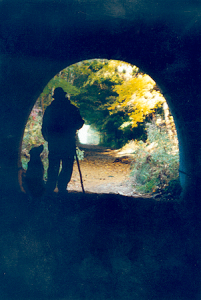
I’m a recovering artist. For forty years, I painted and sold my portraiture throughout North America. But I never considered myself an artist. I thought of myself as an illustrator.
This particular myth is promulgated in every art school and makes most art students doubt the value of skills development and artistic discipline. After all, if it looks like what it’s supposed to look like, it’s “only illustration”.
We’re told that true art is incomprehensible and therefore expensive. Patrons pay the big bucks for art they don’t understand. And art students learn that gaining the technical skills to paint realistically doesn’t pay as well as obscure blobs on canvas. Galleries won’t represent them, so they sell out and become graphic artists. Or, they learn to be experimental. They learn to be self-indulgent. They learn to be “artistes”.
Why I quit painting
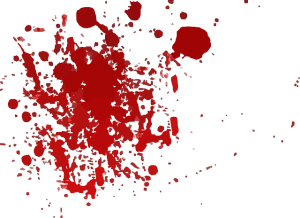
I eventually quit painting because I couldn’t figure out what was missing in my work and I wasn’t going to start flinging paint at canvas and calling it art. Technically, I could reproduce anything with photographic accuracy, but it wasn’t until I began learning how to write well that I finally got it. What was missing was story. I was indeed an illustrator, not an artist. And ferdamnsure not an artiste!
It’s the classic unanswered story question, isn’t it? Curiosity is a disease that infects all of us, some more than others, so if you can’t understand it, it must be priceless and profound.
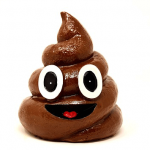
Bullfeathers!
It’s the same with writing. Some writers/authors have settled. They’re the graphic artists of the writing world. They find a genre that works or is currently popular and write the same story over and over. Robert Heinlein comes to mind. He wrote the same cast of characters for every novel. Great novels, great characters, but still…
Other writers/authors have gone the discipline route. Their stories are original, crafted with exquisite attention to detail and seamless technical skill. They craft pure story, based on the thousands of hours they’ve spent learning how to do it. Their works become classics. These authors have learned their craft so well that artistry has become instinctive, inherent in the work.
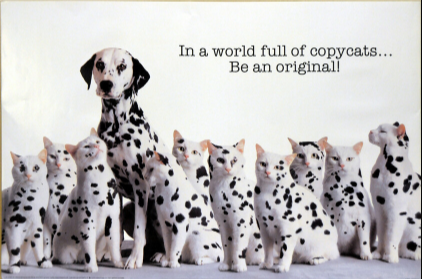
Aspirations
On the ceiling of my bedroom, where I see it every morning when I wake up, I have an old poster from the ’70s. It depicts a tall Dalmation surrounded by a clowder of black-spotted white cats. The caption reads: “In a world full of copycats, be an original.”
I’ll spend the rest of my life trying to live up to that sentiment.
Happy Writing!

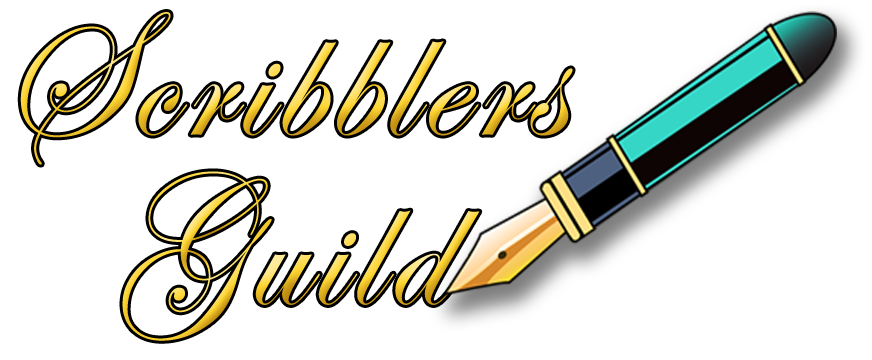
2 Comments
Kate Aubrey
Hi, Bev. I’m with you on this, mostly. I personally think that people are, to some degree, artists even when they are learning the ropes (rules, techniques, how light is nothing without shadow) so they can eventually choose which rules to break and break them well. The reason is that as far as I can see, art is, above all, exploration: of the world; of physics; of people; and, most importantly, of the self. It’s also communication. As long as a student is exploring and learning to communicate, sh’he (my version of “he or she”), they are producing art. It isn’t mature art, but it’s art. It may not sell–or it might–but it’s not mature.
And see? You’ve got me going. I’ll finish this and post it on my FB page, Watercolors by Kate Aubrey on Monday (tomorrow) when I’m back at “work”. Thanks for a great post! I can’t get on to the UW Crowdcast sessions until Mary fixes up my links. I bought that Publishing Bundle, and their computer messed up all my connection info. Sigh. Take care!
Duncan McClintock
Your sentiment resonates with me. Sort of. I agree mastering the tools of “the trade” is essential to step outside the bounds of the ordinary. Learning at the foot of a master is a shortcut, but one that disappears when the master moves on. The work needs to be worked. The skills embodied. I have enjoyed both the mentoring of an expert in Data Science, and the inherent mastery of the skills required to produce business intelligence, but the flow of excitement, the buying-in, of the art needs to be there. You can have all the skills required to conjure a thing, but if you don’t have the juice from deep inside it withers and dies on the vine of creation.
Okay, that was my rant. You’re up!